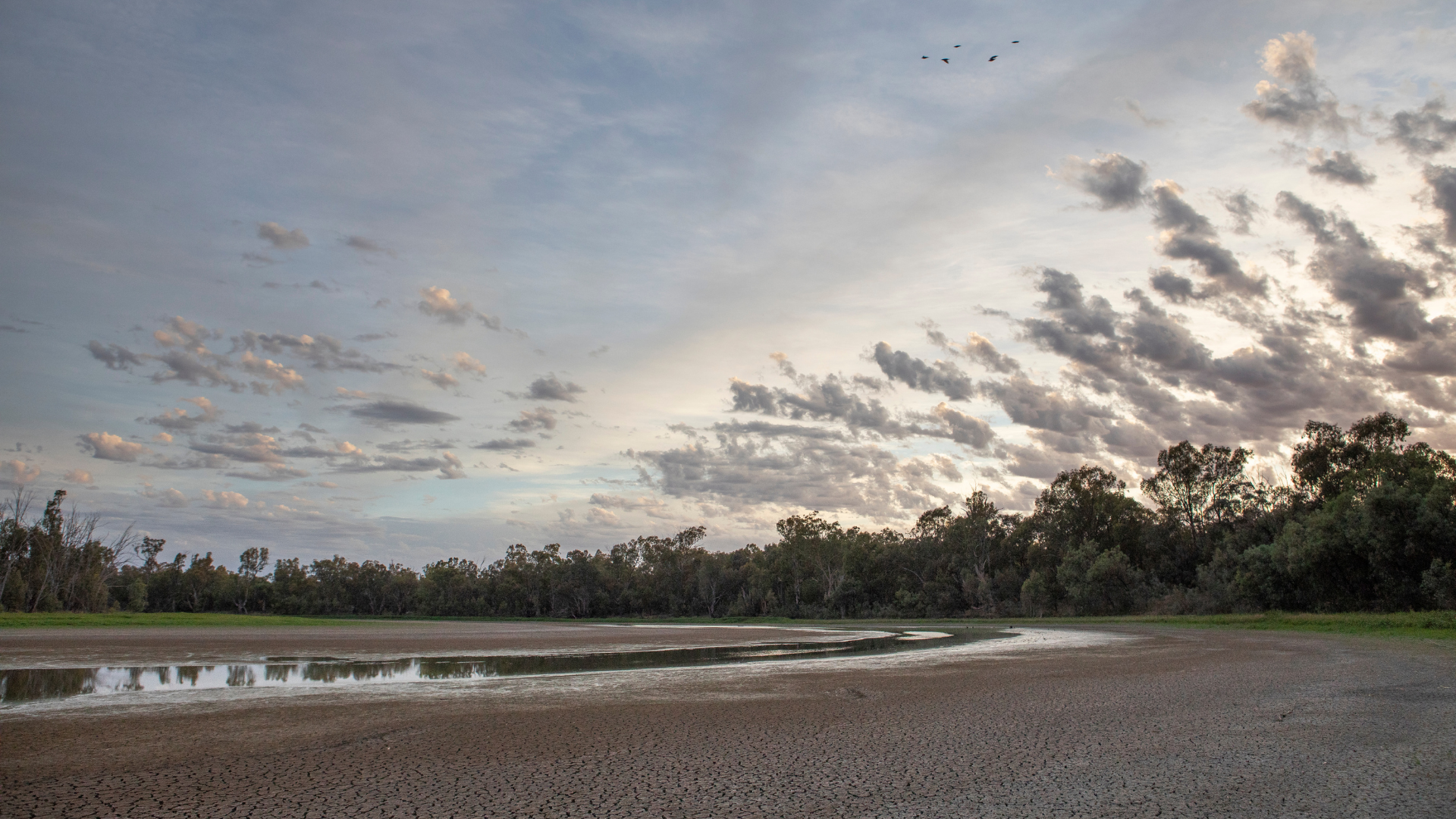19 September 2022
The following is a lecture given at Duke University in the United States by Senior Specialist Lawyer Dr Bruce Lindsay.
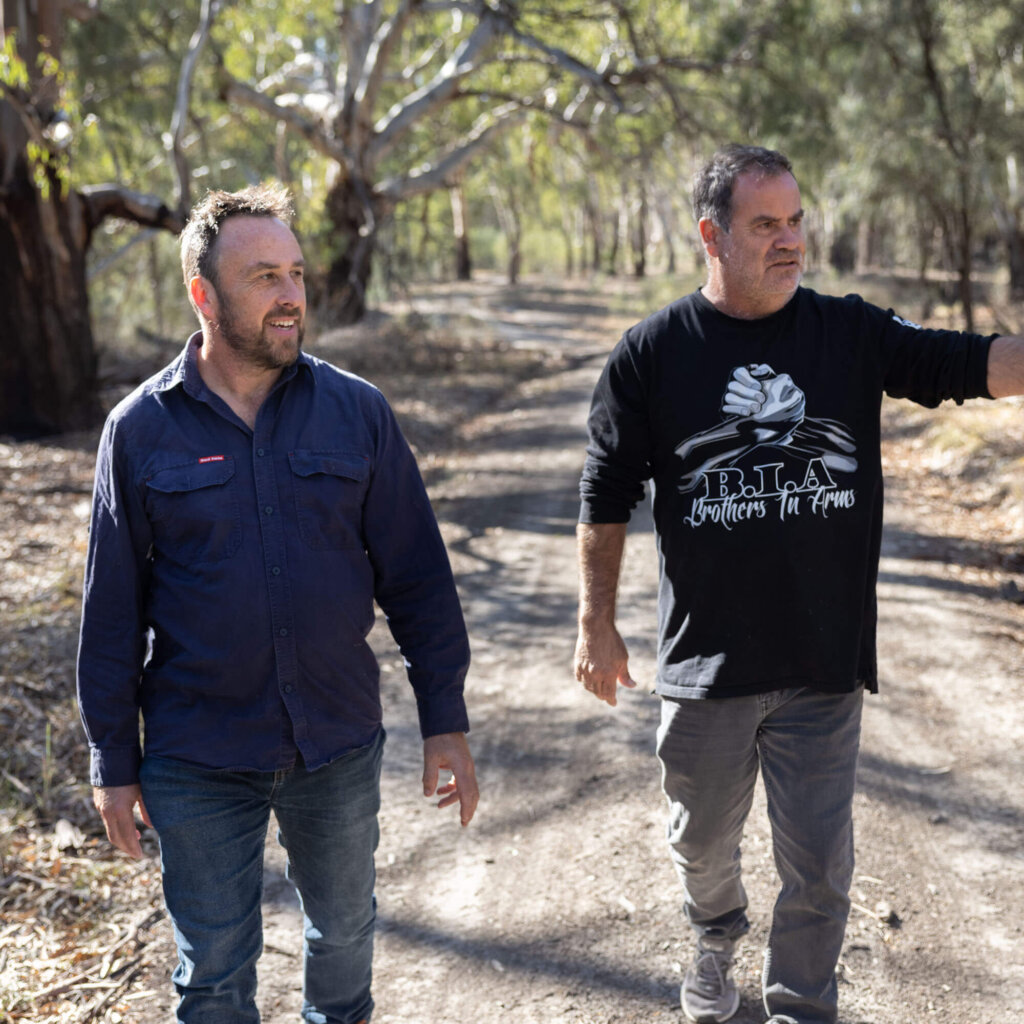
The intersecting space of environmental law and First Nations’ justice in our country is part of a wider canvas which relates to structural and foundational injustice in Australian law.
It is injustice that, in many ways, defines how our legal system governs the environment and how this impacts First Nations in Australia. This wider injustice is built on a fault-line and proposition of law in Australia: the foundational fiction, which continues to influence many if not most statutory schemes governing land, natural resources and environment: that the continent was a terra nullius. Empty. Unowned and unoccupied. A juridical void. Absent law and civilisation until British acquisition of sovereignty (state power) in 1788 and thereafter.
The formal founding myth of Australia as terra nullius – unoccupied and empty – was overturned at common law in 1992. But it many ways law and practice in Australia reflects and perpetuates the model and paradigm of an ‘empty’ continent, just not via the common law.
Terra nullius was and remains an absurdity, constructed to legitimate violence, massacre and clearance of the Aboriginal First Nations across the continent. The doctrine was an ex post facto justification of British occupation dating from later in the nineteenth century. Aboriginal peoples have exercised sovereign authority and ancestral connection to the continent since time immemorial. They have exercised resistance for 223 years. They continue to do so. The Australian state remains truculent in coming to terms with its own relationship to the continent. That is evident above all in the great silence of the Australian constitution on Aboriginal peoples and political settlement with them.
On that note, let me swing back to the first story I want to tell you. This concerns EJA’s work with Aboriginal communities and their organisations, which commenced around 2015. It has focused on water and rivers and ‘river Country’. It has been a steep learning curve for us and a rich experience. This first story is about EJA’s journey. It begins in the Murray Darling Basin.
The Murray Darling Basin is the second largest river basin on the Australian continent. It covers more than 1 million square kilometres or 14% of the continent. The majority of the most populous States of Victoria and NSW fall within the Basin. It has been the site of major conflicts and contests over land and natural resources since the early 19th century: first the colonial seizure of land, then inter-jurisdictional disputes over water, and now conflict over water under a desiccating climate regime.
“River regulation has effectively stranded this wetland from natural flooding regimes and Tati Tati vision is to restore it under their custodianship and in so doing revitalise ecological health and Tati Tati law and culture.”
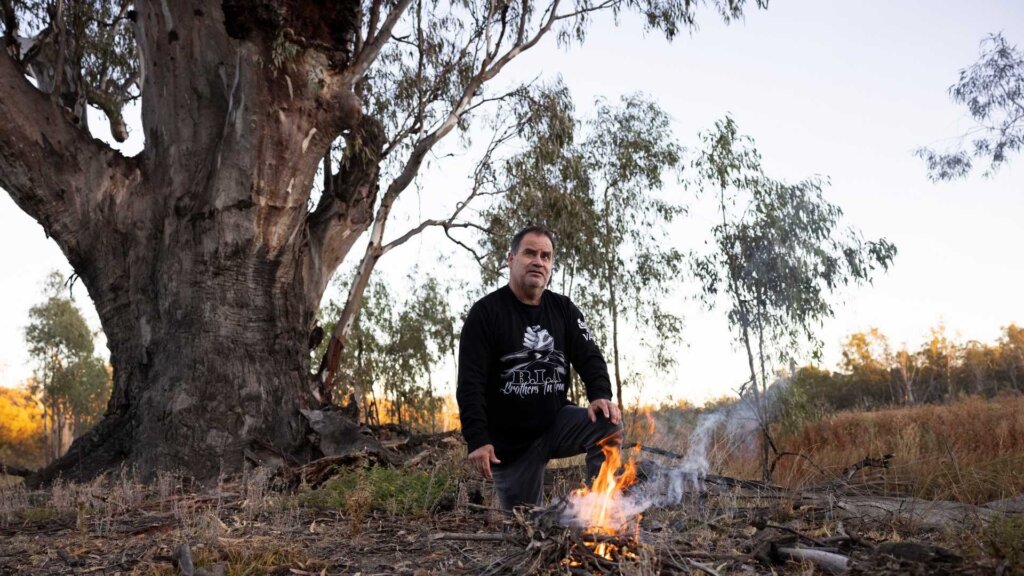
Around 40% of agriculture production in Australia comes from the Basin (mainly irrigated), 2 million people live there, there are 22 river basins with the whole Murray-Darling Basin, it includes Australia’s two longest rivers, and it is around the size of France and Spain combined.
There are 16 Ramsar wetlands in the Basin among nearly 2500 ‘key environmental assets’ that are water-dependent. Around 4% (75,000) people are Aboriginal from 40 nation groups live in the Basin. By cultural and ancestral connection they are river people. The rivers are pivotal to Aboriginal lore/law, obligations, community and culture.
Since 2015, EJA has advised and worked with the peak organisation of Aboriginal nations in the southern Basin, the Murray and Lower Darling Indigenous Nations (MLDRIN). Our work with them has focused on the exercise of consultation rights available to Aboriginal nations under the main national laws governing the Basin. More recently, we have collaborated with the Tati Tati Aboriginal community in northern Victoria on legal and policy pathways for Aboriginal-controlled water rights on the Murray River floodplain.
A key focus of this work has been our involvement in Aboriginal advocacy for rights and control over water management. For MLDRIN and Tati Tati, as well as other organisations, an important way of framing Aboriginal involvement in water management is in terms of ‘cultural flows’. This is an important but still evolving concept.
It essentially concerns Aboriginal legal rights to water holdings, operating under mainly State-based water legislation, in order to enable Aboriginal aspirations and outcomes, especially in management of their Country, delivery of justice, and empowerment of communities. The ‘cultural flows’ agenda concerns redistribution of water rights to Aboriginal people as device of healing the land and enabling economic empowerment, through developing bi-cultural foundations to water management. This is all occurring in a heavily over-allocated water system, subject to deeply problematic political-economic forces (water is a key source of wealth and power) and the mounting climate crisis.
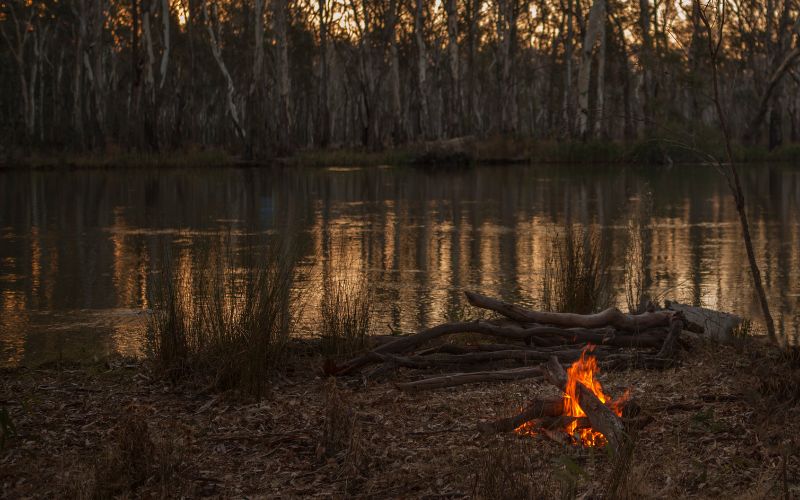
A recent project we collaborated on with Tati Tati was aimed at bringing together the community’s plan for cultural flows at an important wetland on the Murray River floodplain with EJA’s input on how we could use or reform State laws to achieve that outcome. That place is called Margooya Lagoon.
River regulation has effectively stranded this wetland from natural flooding regimes and Tati Tati vision is to restore it under their custodianship and in so doing revitalise ecological health and Tati Tati law and culture. Legal rules and controls over even this small parcel of land are convoluted and a major barrier to Tati Tati aspirations. Usefully, our joint approach is getting some headlines and maybe traction.
We see this collaboration with Tati Tati as one building block ‘from below’ in pathways toward justice and models of collaboration, using the law, between non-indigenous NGOs (like us) and Aboriginal leaderships. It is one example among multitudes of practical dialogue, solidarity and mutual communities of practice. Our vision, I think, is to edge forward beyond what I would call the ‘colonial project’ of Australian law, which is one that is typically oblivious to the ancient connections to the continent, or what has been termed the ‘first law’.
The evolving ‘cultural flows’ model of Aboriginal water rights is still a relatively nascent one. Setting out a program and legal basis for cultural flows is a work in progress. Further, it is not exclusive of other ideas, programs and models for Aboriginal control or authority in water systems.
The cultural flows concept is a response to both the highly regulated water allocation system in the Basin and Aboriginal water agenda. Arguably, cultural flows is a device to build effective pluralistic or hybrid water governance in stressed and overallocated river systems. This goes to the heart of questions of justice, as that model of water governance is predicated on not only recognition of Aboriginal ‘first law’ and culture in water management but forms of parity and equality for Aboriginal voices in the operation of law and practice, such as through principles of ‘free, prior and informed consent’. These conditions are effectively absent from law and policy governing water resources.
Aboriginal cultural, spiritual and juridical connection to land and waters. Or the ancient ‘first law’ of rivers and water. This is a complex space. I am non-indigenous, so it is not my space. But is fundi amental to this work. We aim to work as allies with Traditional Owners. That means we have to learn and exercise humility. As part of that process, we are learning from key Aboriginal concepts and institutions. These include concepts such as sovereignty and Country. Aboriginal lore and custom is intrinsically embedded in place and Country. It is not static and you can imagine how rich it is, being the product of a thousand generations. It has confronted genocide and extensive disruption.
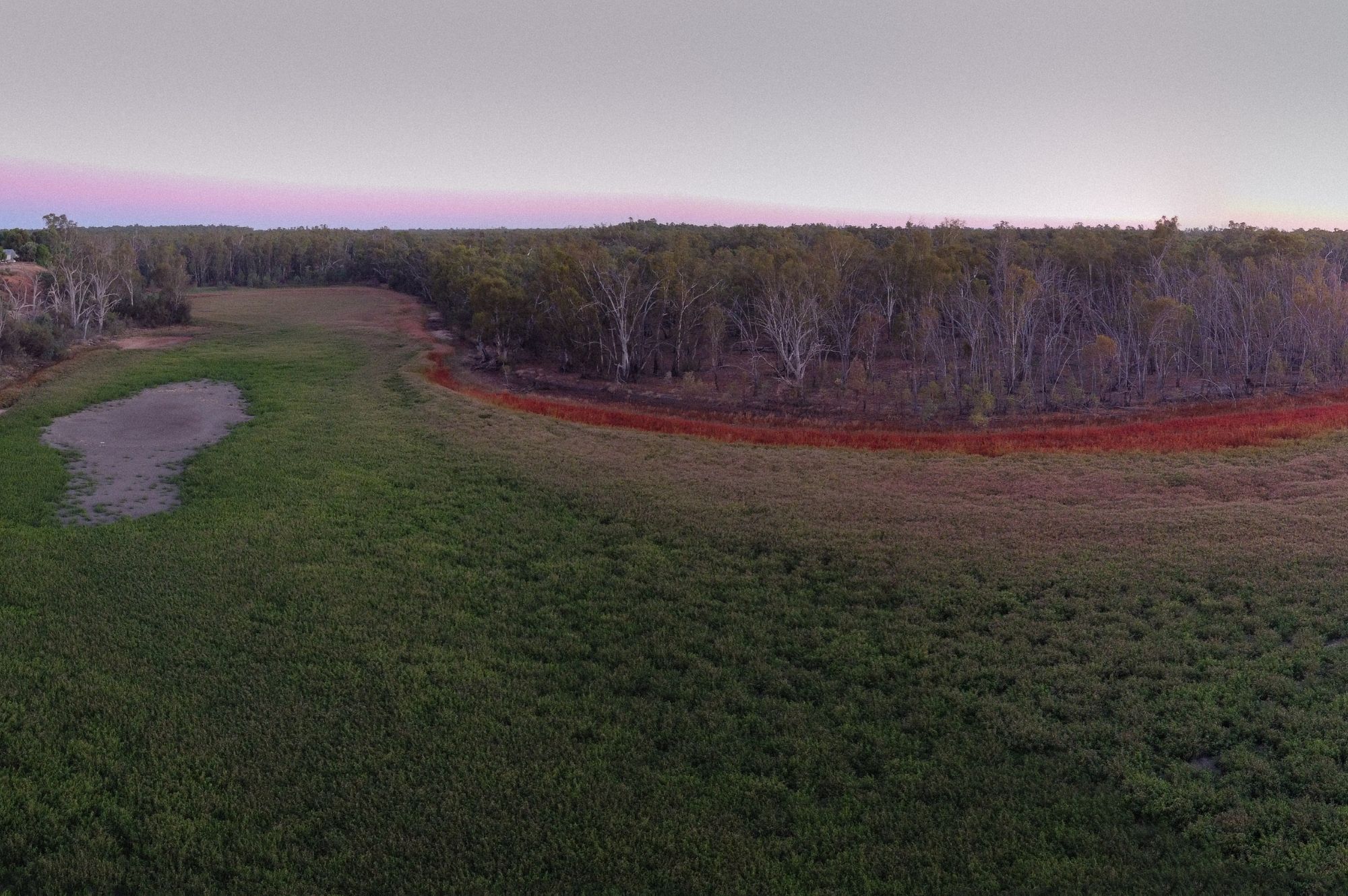
First, sovereignty.
In 2017 a National Constitutional Convention of First Nations delegates from across Australia met at Uluru in the centre of the continent and endorsed the Uluru Statement from the Heart. This defining document stated:
Our Aboriginal and Torres Strait Islander tribes were the first sovereign Nations of the Australian continent and its adjacent islands, and possessed it under our own laws and customs. This our ancestors did, according to the reckoning of our culture, from the Creation, according to the common law from ‘time immemorial’, and according to science more than 60,000 years ago.
This sovereignty is a spiritual notion: the ancestral tie between the land, or ‘mother nature’, and the Aboriginal and Torres Strait Islander peoples who were born therefrom, remain attached thereto, and must one day return thither to be united with our ancestors. This link is the basis of the ownership of the soil, or better, of sovereignty. It has never been ceded or extinguished, and co-exists with the sovereignty of the Crown.
Uluru Statement from the Heart
There are rules, laws and obligations in relation to Country. Past, present and future, ancestor and unborn generations, all come together in Country.
What I want to emphasize in all of this is that the land and the continent is not, and never has been, empty, nullius.
Quite the opposite. It has always been abundant in meaning, culture, law, rules and authority, and governance and Aboriginal nations are the bearers of ancestral connection to the continent.
The continent, of course, has been and continues to be colonised. The law inherited through the colonial project has held that the continent was empty. As I said, the 1992 decision of Australia’s High Court in the Mabo case overthrew that premise in the common law. As a legal doctrine, terra nullius was abolished and the Court held that the common law recognised Aboriginal and Torres Strait Islander ‘native title’ in land and waters.
Native title is Aboriginal or Torres Strait Islander rights and interests in land or waters operating under traditional laws and customs and where there is evidence showing those laws and customs derive from pre-colonial societies. The law recognises those Aboriginal rights and interests in the terms of the ‘settler’ framework – that is as, a ‘bundle of rights and interests’ comprising title.
Native title does nothing to recognise pre-existing Aboriginal sovereignty – that is, political or juridical authority and society – over the continent. And, although there is nuance and complexity, there are a vast array of laws governing land and natural resources that prevail over native title. Our statute books abound with laws governing land, water, minerals, flora and fauna, and so on. Many of these laws do not recognise or defer to Aboriginal custodianship over the continent or the continent’s ‘first laws’.
In effect, the ‘empty’ land has not been repudiated substantively on the statute books in Australia. The statute books are where we find most of our laws.
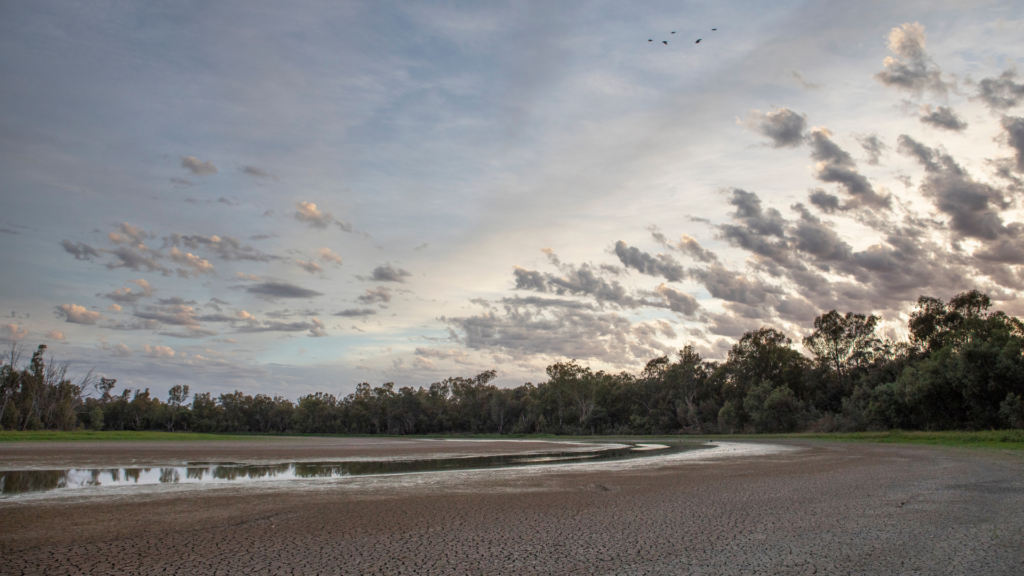
In Australia, including in the Basin and, very specifically, at Margooya Lagoon and the Murray River, the fate of rivers and water is affected by what has been termed in legal commentary ‘aqua nullius’ – that is, the fiction embodied in law that Aboriginal peoples’ ancient connections to water and authority to speak for river Country never existed.
Where and how rivers flow, how they interact with floodplains and Country, how they are re-engineered, remain in substance issues in which Aboriginal authority, rights and interests are marginalised and excluded while degradation of the Country goes on around them.
Now as evidence of aqua nullius, in the Murray Darling Basin Aboriginal people, river people, control less than 0.2% of all rights to water. They may have native title rights in land, but very limited control over water. This perversity of this was manifest graphically on the Baarka, or Darling River, in outback NSW. The Baarkandji Aboriginal community obtained native title over the river and even rights to fish in the river, but they had no control over water rights and consequently very large upstream irrigators effectively hoarded water and contributed to ceasing river flow.
Water law under the system inherited from the English concerns legal rights to the control, use and diversion of water. That is for profit or public purpose. It has no inherent relationship to life, ecosystem health, Country, meaning or spirit, other than where that may intersect with utilitarian purposes. Water law reproduces the myth of the ‘empty’ continent, because no aspect of the deep, ancient, living ‘first law’ of the continent is inscribed in it. Our water law does not comprehend Country; not yet anyway.
I have referred to water law as an example of how our laws governing the environment and natural resources are premised substantially on what the Aboriginal leader Noel Pearson terms the ‘gross fantasy’ of the empty continent. Law designed in the context of presumed non-existence and practical exclusion and clearance of Aboriginal people continues. That premise operates across many of our laws regulating the environment, public lands and natural resources. They proceed largely as if Country and its people are not and were never there.
Aqua nullius means Aboriginal communities are in a very weak bargaining position over the fate of water resources on their Country.

In other jurisdictions such as the US, Canada or NZ treaties provide a basis on which First Nations existence and laws are inscribed in natural resources laws. That may not resolve a great many issues of justice, but we do not, in Australia, even have that.
EJA still has a long way to go in contributing to a more just nation. There are obvious tensions and contradictions in working within a key pillar of the ‘setter’ state (the law) while making any claims that this same pillar is integral to injustice and absurdities.
The way we do environmental law and policy, including that relating to water, confronts powerful forces of reaction, rent-seeking and status quo. There is a lot of money to be made in continuing to plunder the ‘empty’ continent. Navigating pathways to use or reform the law away from that status quo is necessary and inevitable. Presently, we do it one step at a time; one collaboration at a time; one example at a time.
Perhaps one powerful point to bear in mind here is that decline of the founding myth of terra nullius at common law did represent a major incursion into our national story of the ‘empty’ continent. It can’t be put back together. The prevailing strategy has been to confine response to this fact to ‘native title’ as a specialist and very complicated area of law. There are many other redoubts and bastions of laws governing the environment, lands and resources – such as water – where the premise and model of the ‘empty’ continent persists.
From our vantage point at EJA, we are continuing to work on these questions and collaborations and, as far as we are able, push forward agenda of genuine co-existence between First Nations and Australia’s non-indigenous majorities. Unlike the US, Aboriginal people do not have the benefit of discrete, self-governing territories and polities. The fate of this continent will be in co-existence and reform, possibly radical, to the institutions and laws of the state. The forces of reaction assembled against this, like everywhere, are powerful. But in Australia they do not have the cover of a coherent national story anymore and there is genuine moral fatigue in this country, among the non-indigenous majorities, at failing to come to terms with our own history and our own place in the continent.
